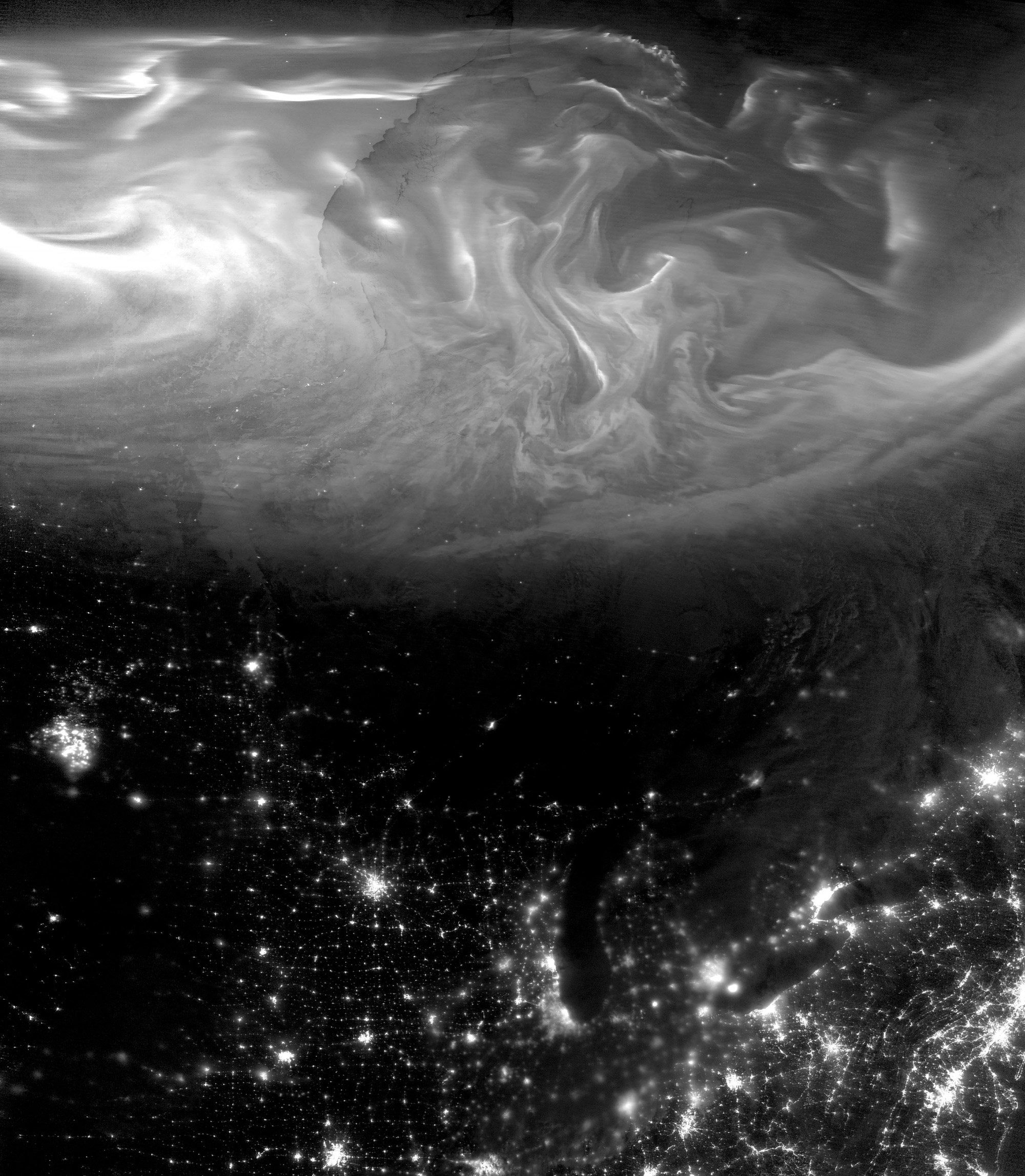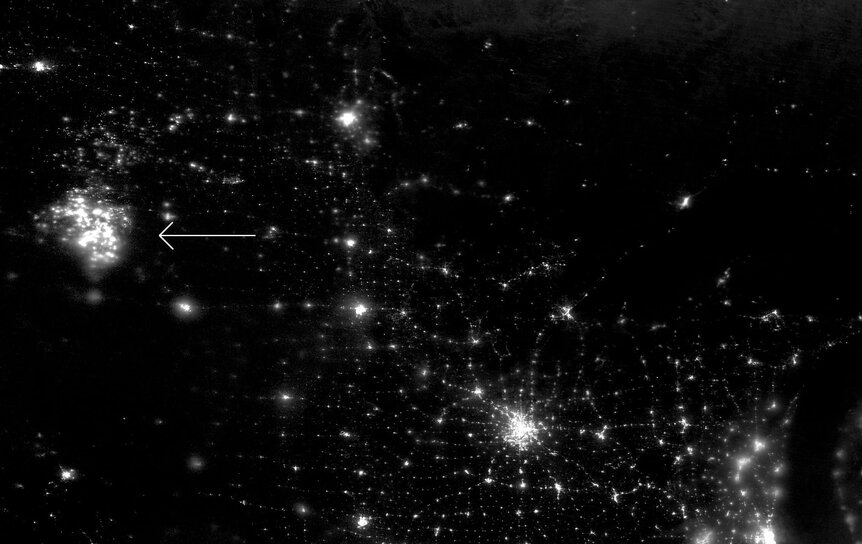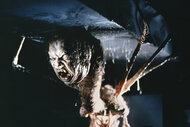Create a free profile to get unlimited access to exclusive videos, sweepstakes, and more!
Incredible satellite image of aurora over Canada with city lights… and something else

If you haven’t noticed, our planet is beautiful.
Sure, we have oceans, clouds, forests, mountains, lakes, deserts, polar ice caps, and and and. That’s obvious. But when you see the Earth from space, well, its beauty is so compelling that were I to see it myself I have no doubt I’d be moved beyond the capacity of words.
And then there are the images of it that are not only lushly sculpted art, but so surprising and unexpected that they become nearly overwhelming.
That’s how I felt when I first set eyes upon this:
If I may quote George Takei: Oh myyyyyyy.
That is an image taken by the Visible Infrared Imaging Radiometer Suite (or VIIRS) on the Suomi National Polar-orbiting Partnership satellite (or just Suomi-NPP). The satellite orbits the Earth at an altitude of about 830 kilometers, using its fleet of detectors to observe land, sea, and air to monitor the effects of climate change.
VIIRS has a detector on it called the Day/Night Band, or DNB, which is sensitive to both visible and near-infrared light, and is designed to work well under low light conditions so it can see things at night like moonlit clouds, airglow, city lights, and the aurora.
It’s those last two you’re seeing in that gorgeous image. The city lights of the United States are below, to the south, with the Great Lakes made obvious by their lack of light. As your eye travels north into Canada, city lights are fewer and Lake Winnipeg in Canada punctuates the darkness to the middle left.
But then you get to the top part, and oh wow, yeah. Dominating the view, even surpassing the vast waters of the Hudson Bay, is the aurora borealis: the northern lights.
The eerie glow is painted in bright curves to the northwest that merge into the milkier swirls to the south, with an overall glow that is part aurora and part illumination of the ground underneath. Even in monochrome the view is gaspworthy.
What you’re seeing is the air itself above our heads energized by the Sun. The magnetic field of the Sun accelerates subatomic particles away from the star in a solar wind, which travels through the solar system. Some of them pass by Earth and are swept up by our own magnetic field, which channels them down to the north and south magnetic poles, near the geographic poles. These particles then slam down into our atmosphere at high speed, hitting the molecules of air like bullets. Electrons are blown off by the impact, and when they recombine with their parent atoms they emit light.
Normally this would be an epic display of color; each molecule and atom gives off specific colors of light as their electrons nestle back home; oxygen glowing green and red, nitrogen red, blue, and purple. But the DNB sees light in a broad swath of colors and not individually, so all we get from it is this grayscale monochrome (usually, but misleadingly, called “black and white”). Still. It’s surpassingly lovely.
After I was done being overwhelmed by the beauty, I started looking at the city lights, amusing myself by looking for familiar landmarks. Sadly, Colorado isn’t in this shot, so I couldn’t find my own home, but the Chicago/Minneapolis/Kansas City triangle caught my eye, with St. Louis cut off a bit at the bottom (and also, like Chicago, blurred a bit by clouds).
And then my eye wandered west, and I saw a weird clumpy glow … and I knew immediately where and what it was.
Where is North Dakota. If you’re scratching your head over what massive city — positively dwarfing every other city in the image — is in the relatively unpopulated state, then brace yourself: It’s not a city.
It’s excess fracked natural gas being burned away.
Yes, you read that correctly. So much fossil fuel gas is being extracted in North Dakota that, to VIIRS, just the excess being burned is brighter than a major metropolitan city. It turns out about a third of the gas extracted is burned away this way, adding vast amounts of CO2 to the air while doing … nothing. Wasted into the air, adding to the 40 billion tons of carbon dioxide a year we already pollute our atmosphere with. It’s enough to heat a half million homes, too.
I have to say, that significantly reduced the beauty of this image to me.
I certainly hope that in the coming years we cast off this yoke of needing to burn eons-old plants, and instead leave them in the ground. And not just because it makes otherwise gorgeous images of our planet ugly, but because it’s making our planet ugly, and possibly unlivable.
So I’m glad Suomi-NPP is up there, keeping a keen eye on our planet. Satellites like this are crucial to our understanding of what we’re doing to the Earth, even as they reveal its staggering beauty.
Tip o’ the lens cap to the NASA Earth Observatory.




























